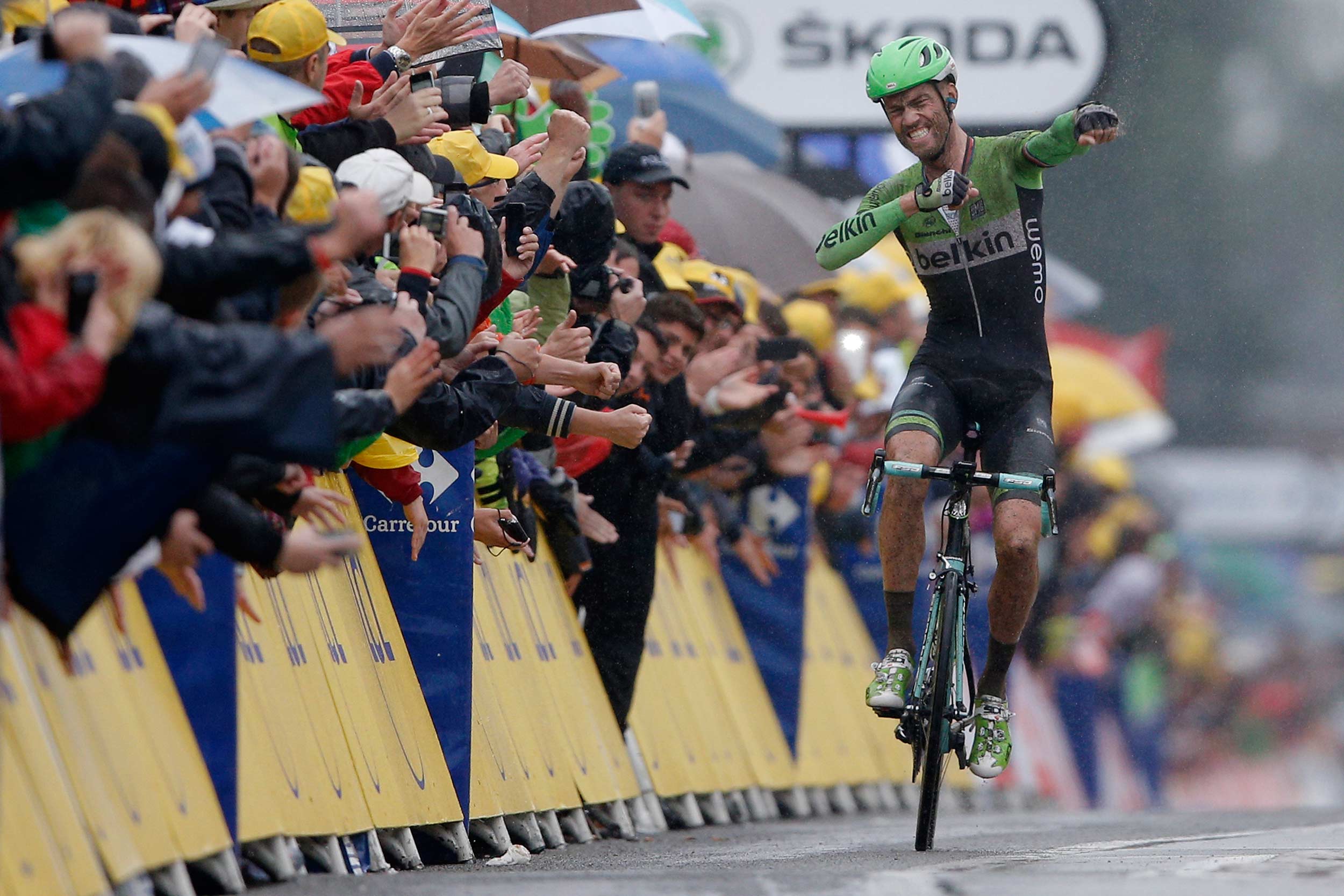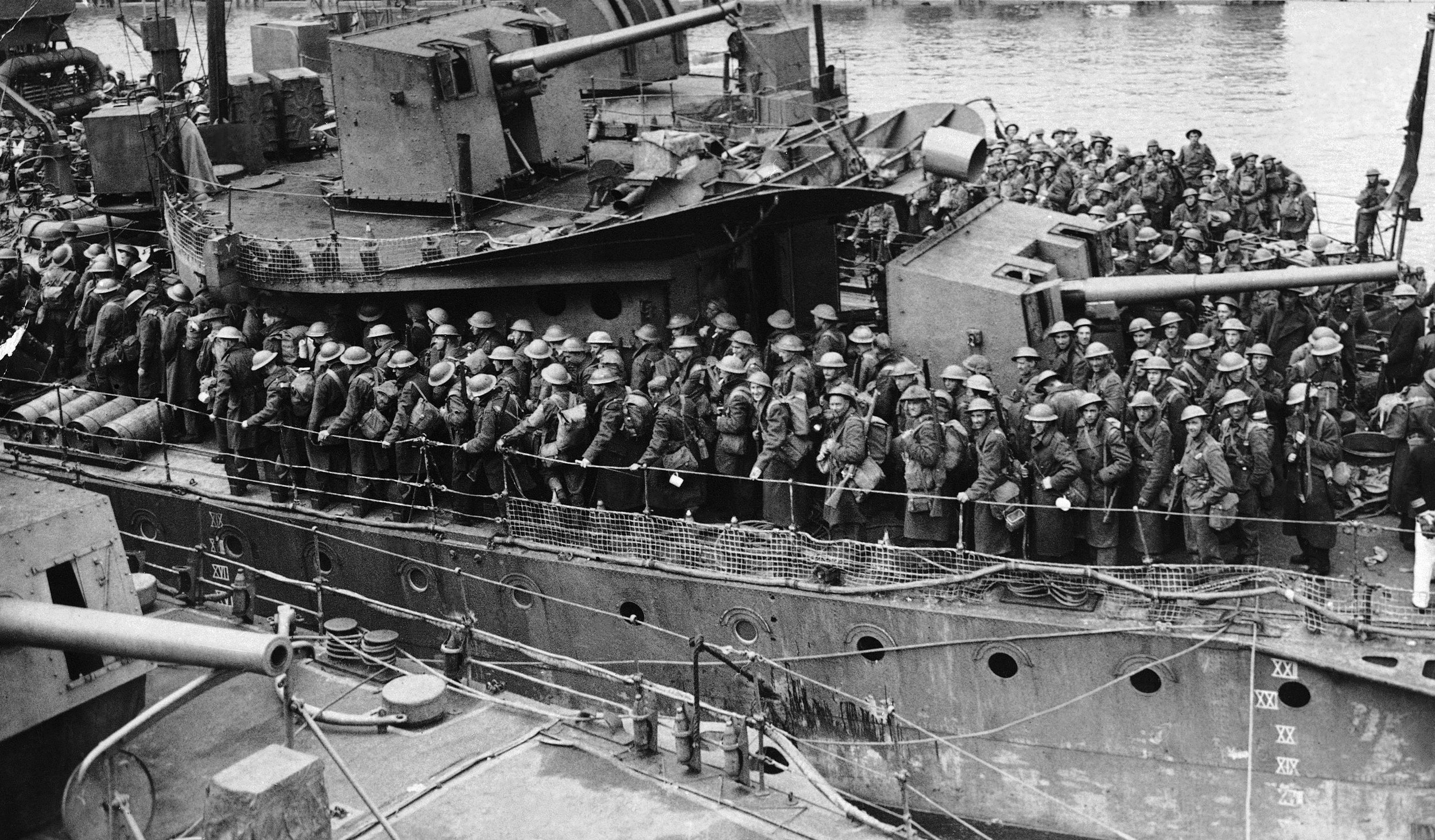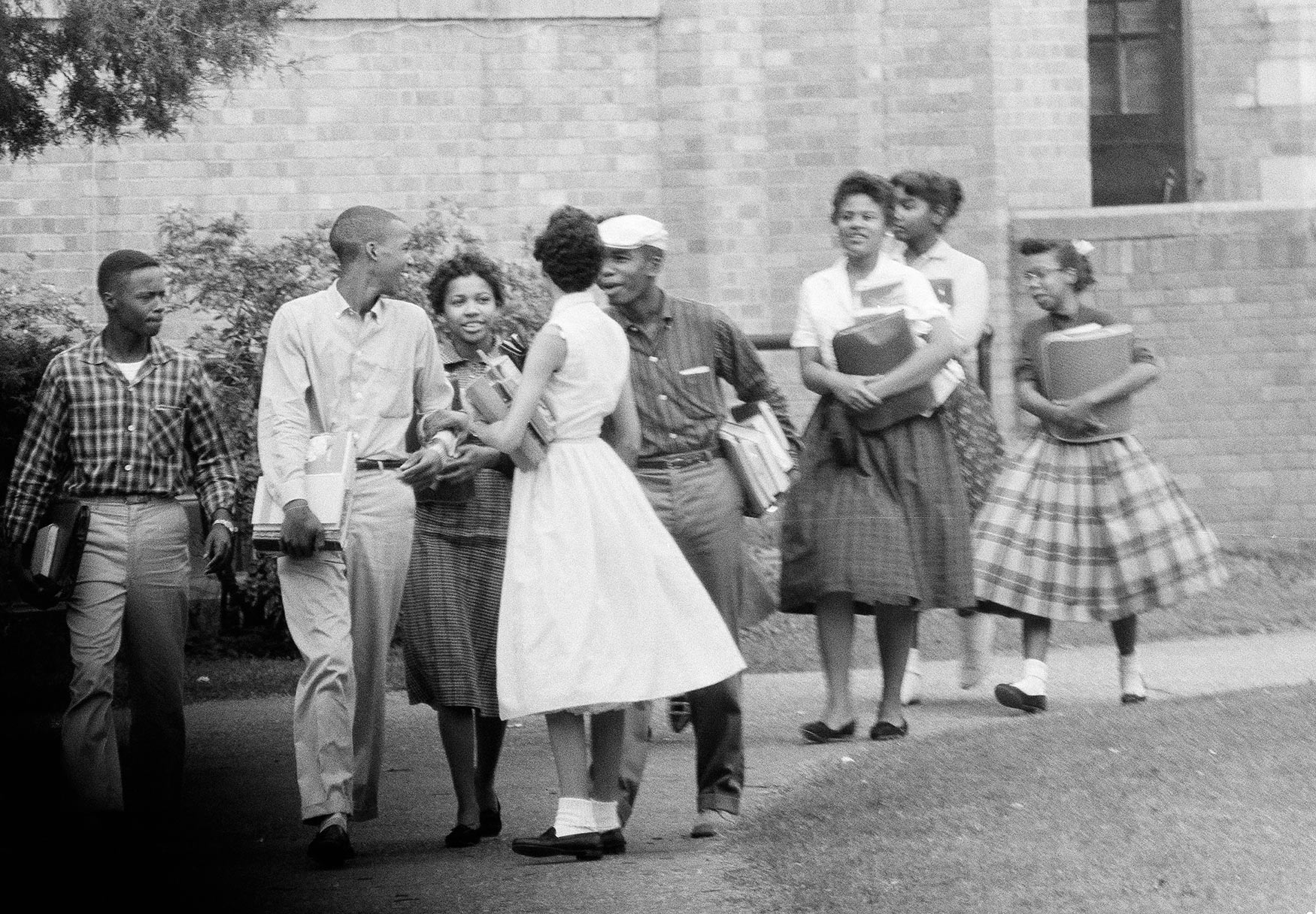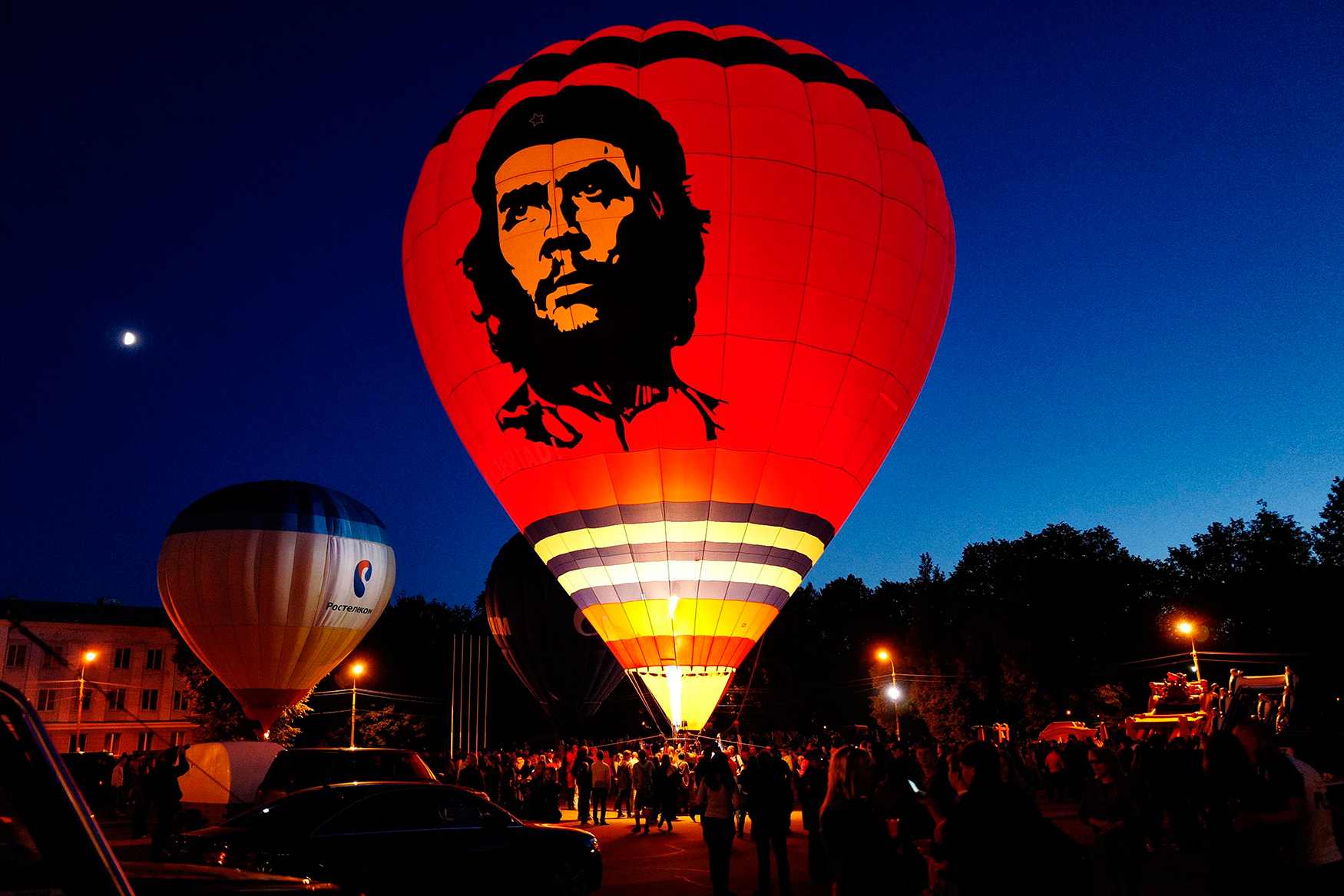The long hot summer of 1967

Fifty years ago, a series of deadly riots roiled cities large and small across the United States. Dozens of people died and thousands were injured in what came to be known as the “long hot summer of 1967.” Buildings burned, businesses were looted and many cities remained scarred for decades.
Entire block of buildings was destroyed by fire in Detroit, July 24, 1967 after rioters firebombed the filling station, right, and the fire spread to other buildings. Rampaging blacks hampered firemen called to fight the blaze. Intersection is Linwood, right, and Pingree on Detroit’s near West Side. (AP Photo)
Violence and rioting boiled over in Tampa and Cincinnati, Buffalo and Atlanta, Boston and Birmingham. The worst riots were in Detroit and Newark, but they took place in smaller towns, too, such as Cambridge, Maryland. In all, 164 “disorders” broke out during the first nine months of 1967, according to the National Advisory Commission on Civil Disorders, also known as the Kerner Commission.
What sparked the riots, which largely erupted in African-American neighborhoods? Often the unrest followed a specific incident of perceived injustice at the hands of the police _ a black taxi driver beaten, an after-hours club raided.
A man involved in racial a disturbance in Detroit hurls a shoe at police who have sealed off the troubled area on Sunday, July 23, 1967. Later the rioting with resultant fires and looting spread to other surrounding areas.(AP Photo)
But the root causes were much bigger social issues. The 1964 Civil Right Act banned segregation and employment discrimination, but progress was slow, racism persisted and many black Americans did not see their lives improving. The Kerner Commission attributed the violence to “discrimination and segregation in employment, education and housing” along with “black ghettos where segregation and poverty converge on the young to destroy opportunity and enforce failure.”
Michigan national guardsmen stood at the ready as firemen battled one of the numerous blazes in riot-torn district of Detroit in July 1967. Riots ripped the motor city following similar demonstrations in New Jersey. (AP Photo)
In some places, U.S. Marshals and National Guard troops were called in to quell the violence. President B. Lyndon Johnson even directed units from the 82nd and 101st Airborne divisions to deploy in Detroit. After five days of rioting there in July 1967, “43 persons were dead, 657 injured, 7,231 under arrest and thousands left homeless. More than $50 million in property was destroyed,” according to a 1977 Associated Press report looking back on the unrest.
Black leaders hold up their hands for quiet at a meeting with Tampa city officials so Mayor Nick Nuccio can be heard in Tampa, Florida, June 13, 1967. Officials and black residents met in the riot area of the city to air their grievances and to head off further racial trouble. (AP Photo/Jack Thornell)
Photos from 50 years ago show angry men and women demonstrating for their rights; police and soldiers arresting African-Americans at gunpoint, and firefighters putting themselves in harm’s way to extinguish blazes set by protesters.
But even in 1967, observers saw history repeating itself. A distinguished black psychologist who spoke to the Kerner Commission, Kenneth B. Clark, compared the 1967 riots to violence that broke out in 1919 in Chicago, 1935 and ’43 in Harlem and 1965 in the Watts section of Los Angeles. “It is a kind of Alice in Wonderland,” Clark said, “with the same moving picture re-shown over and over again, the same analysis, the same recommendations, and the same inaction.” His words were prescient even in the short-term: Riots broke out in three dozen U.S. cities a year later following the assassination of Martin Luther King Jr.
A Michigan State officer searches a youth on Detroit's 12th Street, July 24, 1967, where looting was still in progress after the city's rioting. His companions lean against the wall waiting their turn. There were many arrests and at least five persons were dead. (AP Photo)
President Lyndon Johnson uses television and radio to explain that Federal troops have been ordered into Detroit to restore law and order. He spoke from the White House in Washington on July 24, 1967. Behind him, from left, are FBI Director J. Edgar Hoover; Secretary of the Army Stanley Resor; Attorney General Ramsey Clark ; Secretary of Defense Robert McNamara; and Gen. Harold Johnson, Army Chief of Staff. (AP Photo/Charles Gorry)
Armed Maryland National Guardsmen precede a fire truck moving into the riot area of Cambridge, Maryland, July 25, 1967 as debris from last night’s fires in a leveled block-long area continued to smolder and burn. (AP Photo/Bob Schutz)
Congressman John Conyers, Detroit Democrat, uses a bullhorn as he tried to encourage African American in Detroit's riot area to go home, July 23, 1967. He was met with shouts of "No, no." As Conyers stepped down a rock hit the street a few feet from him. (AP Photo)
Congressman John Conyers, Detroit Democrat, uses a bullhorn as he tried to encourage African American in Detroit's riot area to go home, July 23, 1967. He was met with shouts of "No, no." As Conyers stepped down a rock hit the street a few feet from him. (AP Photo)
Three women and a child visit the charred ruins of what used to be their home in the 12th Steet area of Detroit, Mich., July 26, 1967. Homes were burned out by fire bombs thrown by rioters. The women are typical of many innocent people who lost all of their possessions in the fires. from Left are: Mrs. Willie Moore; Mrs. Elizabeth Allen, holding son, Thomas, 3; and Mrs. Louella Underwood. (AP Photo/Detroit News)
J.A. Hammond, left, administrator of community relations for the City of Tampa, Florida, met with the four platoon leaders of the newly formed Youth Patrol which helped to restore order to the riot torn sections of Tampa, June 15, 1967. From left are Hammond, Robert Dixon, Arthur Lee Roby, Carl Brazelton, and Johnnie Lee Carter. They decided to ask the city to make the Youth Patrol a permanent organization. (AP Photo/Toby Massey)
People gather around a truck to get free food on Detroit's east side, July 27, 1967. The food was brought to the riot-stricken area by the Crisis Council, one of the many organizations aiding residents. Sign on the side of the truck reads "Don't pay high prices - free emergency food." (AP Photo)
Pickets calling for the removal of National Guard troops from riot-ridden Newark march near Newark City Hall, July 16, 1967. Police arrived shortly after they began marching and dispersed the group. Marchers handed out handbills calling action against rioters full scale war. (AP Photo)
Michigan National Guardsmen relax for the first time since last Sunday when they were brought into Detroit to help put down widespread rioting, July 27, 1967. It was calm in the area on Wednesday night and after four days of violence that swelled into one of the costliest riots in the nation's history. (AP Photo)
A white woman stands in protest by a confederate flag fluttering in the breeze as a group of 20 civil rights marchers pass through Hammond, La., Aug. 14, 1967. Racial shooting erupted last night in Hammond leaving five white men wounded. Twelve African-Americans were arrested in the shooting. The marchers, who camped at Hammond last night, are en route to Baton Rouge, La., to present a list of demands to the governor. (AP Photo/Jack Thornell)
Pallbearers carry the tiny casket of Tanya Blanding, 4, a victim of riots in Detroit, Tuesday, August 1, 1967. The girl was killed as a hail of police and National Guard bullets swept an apartment building where she huddled on the floor. Officials said the flare of a match used to light a cigarette was mistaken for the flash of a sniper's gun. (AP Photo)
Text by Jonathan Elderfield
Follow AP photographers on Twitter
Written content on this site is not created by the editorial department of AP, unless otherwise noted.
Visual artist and Journalist





